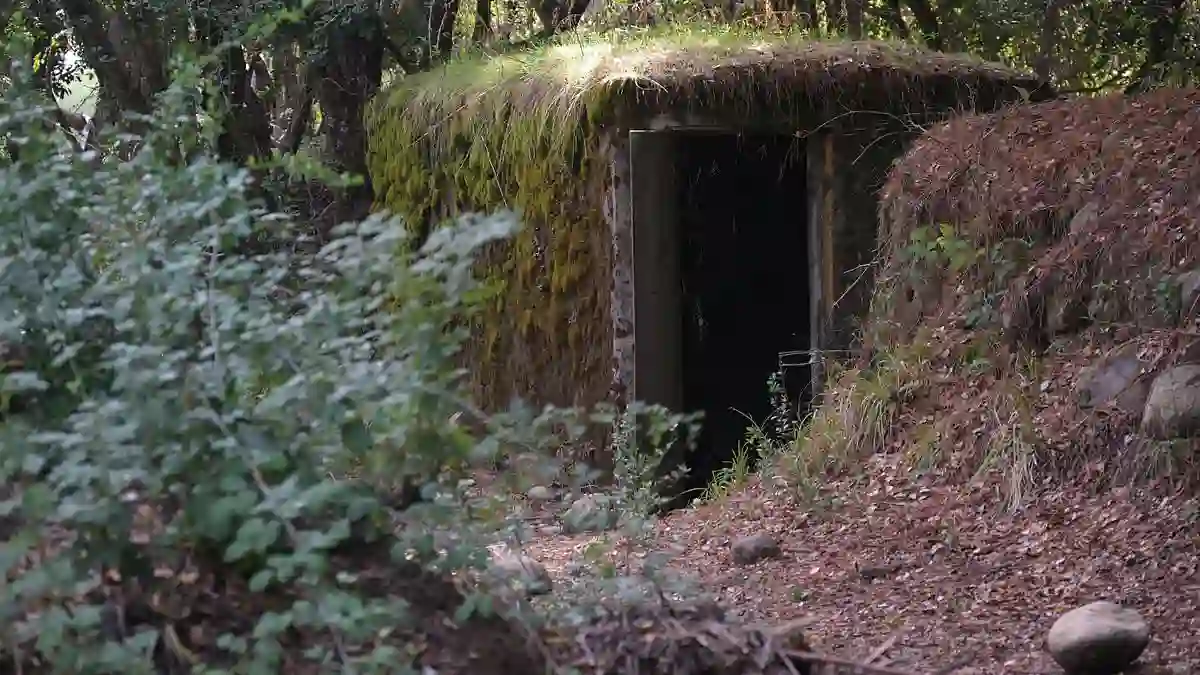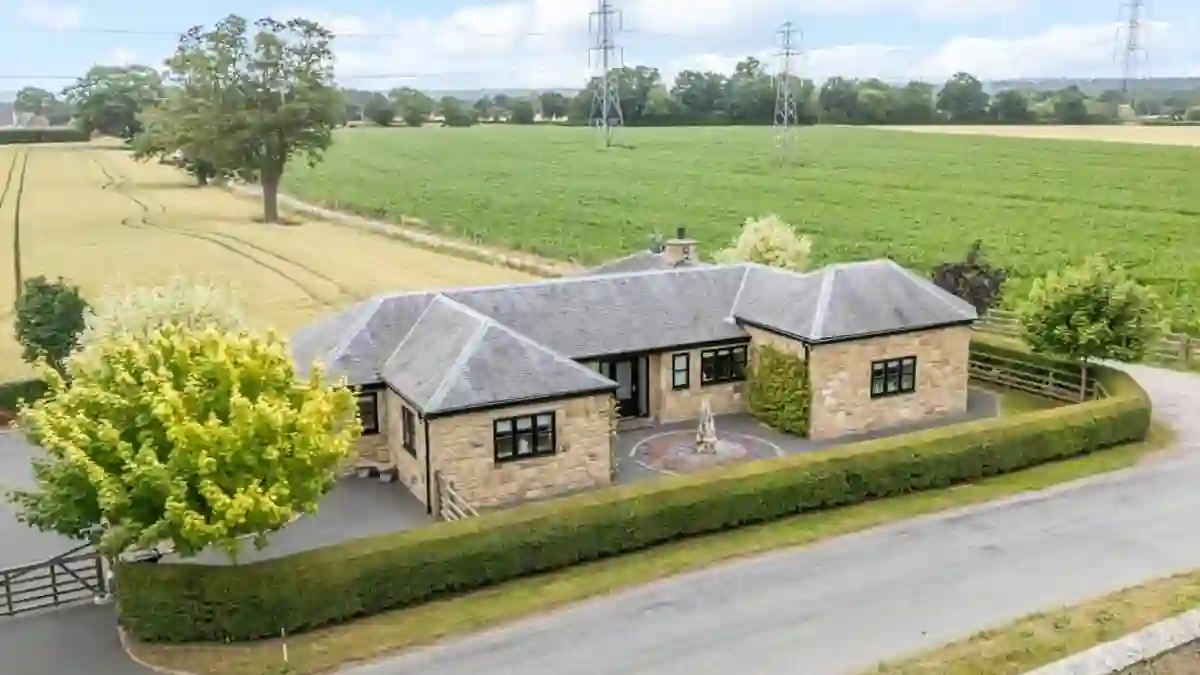At first glance, Villa Baviera in central Chile looks like something out of a storybook.
With its red-tiled roofs, neat gardens, and quiet forests, it gives off the charm of a peaceful European-style village.
But beneath the postcard-perfect scenery lies one of the most disturbing legacies in Chile’s history.
This place was once known as Colonia Dignidad, a secretive cult community founded by a former Nazi who fled Germany.
Behind its walls, crimes of abuse, torture, and disappearances unfolded for decades—leaving scars that still haunt survivors today.
The Cult Behind the Facade
The man behind Colonia Dignidad was Paul Schaefer, a former Hitler Youth member and medic during World War II.
In the early 1960s, he convinced followers in Germany to sell everything and move with him to Chile.
He promised a religious farming commune and charity, but what he built was closer to a prison camp.
Children were separated from parents, men and women lived apart, and punishments were cruel.
Schaefer himself oversaw systematic abuse of children and worked closely with Augusto Pinochet’s dictatorship, even allowing the regime’s secret police to use the colony as a torture center for political prisoners.
From Horror to Tourist Destination
After Pinochet’s rule ended, the full scale of Colonia Dignidad’s crimes began to emerge.
Schaefer was eventually caught in Argentina in 2005, sentenced in Chile to 20 years in prison for child abuse, and died behind bars in 2010.
Yet the site itself did not vanish. Instead, some of its residents—many of them German immigrants who had been part of the cult—stayed on and reinvented Villa Baviera as a tourist spot.
Workshops where enslaved laborers once toiled were converted into hotels and restaurants.
Visitors today can book rooms with glowing reviews online, enjoy Oktoberfest celebrations, and buy homemade sausages, pastries, and souvenirs.
There are even “historical tours” that walk guests through places once used for abuse, such as Schaefer’s bedroom and the colony’s hospital.
The Controversial Decision to Reclaim the Site
Now, Chile’s government is stepping in. President Gabriel Boric has approved a plan to expropriate part of Villa Baviera’s land to turn it into a memorial for victims of Pinochet’s dictatorship.
Out of nearly 4,800 hectares, 116 will be taken—covering key areas where torture, executions, and secret burials took place.
The move has divided opinions. Survivors and families of those who disappeared support the plan, arguing that a site of such horror should never double as a tourist getaway.
Others, including current residents—some of whom grew up inside the cult and later built businesses there—say they feel punished all over again.
Voices from the Past
One of the victims linked to Colonia Dignidad was Luis Evangelista Aguayo, a school inspector and Socialist Party member.
Arrested just after Pinochet’s coup in 1973, Aguayo vanished after being taken to the local prison and then bundled into a van.
Investigators now believe he was among dozens killed inside the colony.
His sister, Ana Aguayo, insists the site must become a place of memory, not leisure. “It was a place of horror and appalling crimes.
It shouldn’t be a place for tourists to shop or dine at a restaurant,” she told reporters.
Divisions Among Residents
Not everyone agrees. Dorothee Munch, who was born in the colony in 1977, argues that the expropriation threatens the homes and livelihoods of the roughly 100 people who remain in Villa Baviera.
The plan includes their businesses—restaurants, a bakery, a hotel, even a dairy—meaning many could lose their way of life.
A Place of Memory or a Place to Forget?
The Chilean government hopes the transformation will honor the thousands tortured and killed during Pinochet’s regime, as well as those who suffered decades of abuse under Schaefer’s cult.
But for the current residents, who have spent years trying to distance themselves from that dark past, the project raises painful questions about identity, justice, and ownership of history.
What is clear is that Villa Baviera can never simply be a normal village. Its past is too heavy, its secrets too deep.
Whether as a tourist attraction or a memorial, it remains a chilling reminder of how beauty and horror can exist side by side.



